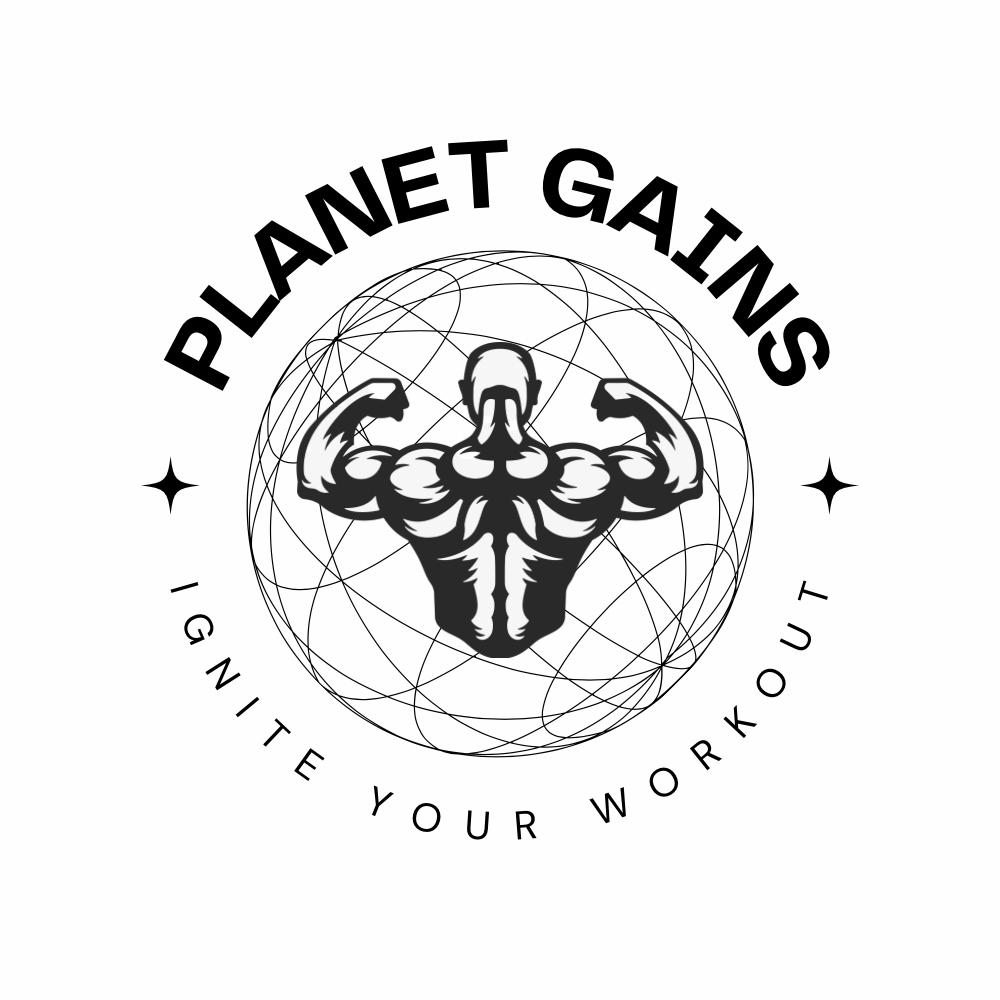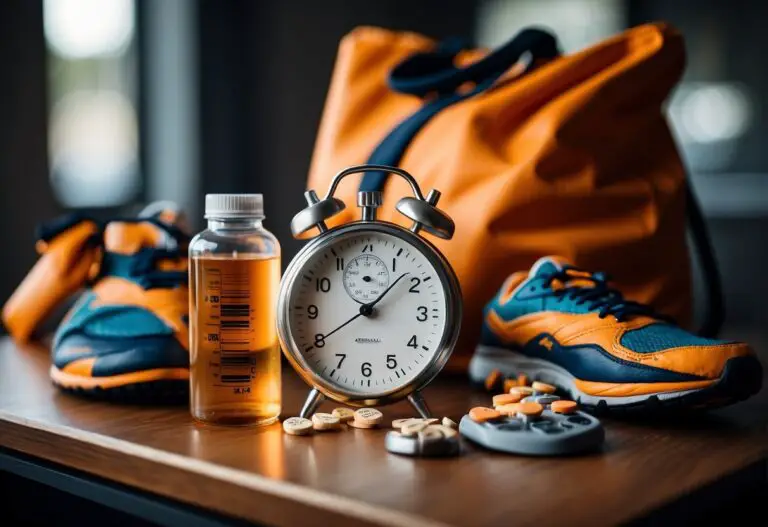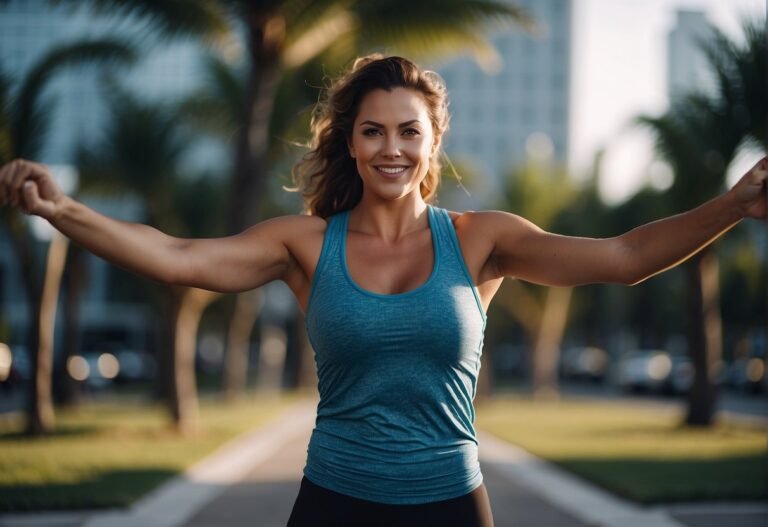📦 FREE Shipping
Can’t Extend Arm After Workout in 2024? Experts Explain

Are you struggling with stiffness and wondering, “Can’t Extend Arm After Workout?” Our experts explain the causes and solutions to get your limbs moving freely again.
Can’t Extend Arm After Workout: Experts Explain
The Science Behind Muscle Soreness
When you engage in an intense workout, your muscle fibers endure microscopic damage. This is a typical and expected outcome, especially if you’ve introduced new exercises or increased intensity.
This muscle damage triggers an inflammatory response, which is necessary for healing. However, this very response contributes to the soreness and discomfort you feel, known as delayed-onset muscle soreness (DOMS). As your body repairs the tiny tears in the muscle tissue, pain and stiffness often ensue, usually peaking around 48 hours after your rigorous routine.
Common Causes of Post-Workout Discomfort
Your range of motion might be limited post-exercise due to a few common factors:
- Regular Exercise: Just starting a fitness routine or returning after a break? Your muscles need time to adapt to the stress of regular exercise.
- Biceps and Forearm Muscle Strain: The biceps and forearm muscles could be overloaded if your workout focused heavily on the arms, like weightlifting or pull-ups.
- Improper Form: Incorrect technique can disproportionately load specific muscles, heightening the risk of injury and subsequent soreness.
Effective Strategies for Recovery

The Role of Active Recovery
Active recovery plays a crucial part in mending those sore muscles. This doesn’t mean resting completely—contrary to what you might think, staying mildly active boosts blood circulation and aids in flushing out substances that contribute to stiffness and swelling.
Start with low-intensity activities like:
- Walking: Keeps the blood flowing without overloading tender muscles.
- Stretching: Performing gentle stretches, like a triceps stretch, can alleviate tension and enhance flexibility. Remember to keep stretches smooth without bouncing.
Nutrition and Hydration for Healing
You are what you eat, especially when recovering from a workout! Protein is vital; it’s the building block for repair. Aiming for about 0.4 to 0.5 grams per kilogram of your body weight post-workout can help maximize muscle recovery.
Don’t forget hydration—the elixir of life! Keeping well-hydrated is essential to prevent and reduce swelling and help your muscles heal faster. Stick to these guidelines:
- Protein intake: Opt for lean sources, such as chicken or plant-based proteins, to reinforce muscle repair.
- Water: Drink at least eight glasses daily to stay hydrated and reduce muscle cramps.
The Importance of Proper Exercise Form
Preventing injury and soreness starts with the proper form. Incorrect form, especially during high-intensity workouts, can lead to muscle overuse and increased soreness.
Make sure you:
- Maintain posture: Your spine should stay neutral during lifts to prevent unnecessary strain.
- Avoid overextending: Particularly in the elbow joint when doing exercises like curls to prevent overuse and enhance recovery time.
Prevention and Long-Term Care

Incorporating Consistency and Variation in Workouts
Consistency is vital in your exercise regimen for gaining strength and preventing injuries like DOMS (Delayed Onset Muscle Soreness). To avoid the dreaded inability to extend your arm:
- Create a Balanced Workout Schedule: Stick to a regular exercise routine and gradually increase intensity. This ensures your muscles adapt over time without being overwhelmed.
- Mix It Up: While staying consistent, don’t shy away from mixing in different exercises. Introduce variation to challenge different muscle groups and prevent overuse.
The Role of Warm-Up and Cool-Down Routines
Warming up before diving into the main workout and cooling down afterward are not just rituals—they’re critical practices for keeping your muscles flexible and healthy.
- Dynamic Warm-Ups: Engage in dynamic stretches or light cardio to increase your heart rate. Warm muscles are less prone to injury!
- Cool Down with Static Stretches: Post-workout, do static stretches focusing on all major muscle groups. This can reduce muscle stiffness and aid in rest and recovery.
FAQ:
Why can’t I fully extend my arm after working out?
You might not be able to fully extend your arm after working out due to muscle soreness or inflammation, commonly known as DOMS (Delayed Onset Muscle Soreness).
What does it mean if you can’t fully extend your arm?
If you can’t fully extend your arm, it often indicates muscle stiffness or soreness, especially after intense exercise or strain.
Why does my bicep hurt when I straighten my arm after workout?
Your bicep hurts when straightening your arm after a workout because your muscles are recovering from the strain, which may cause temporary tightness and soreness.
Why are my arms locked after workout?
Your arms are likely locked after a workout because of muscle fatigue and the buildup of lactic acid, leading to stiffness and soreness.
If this article about the question: “Can’t Extend Arm After Workout” helped you, don’t forget to leave us a comment down below about what you think of the article.





